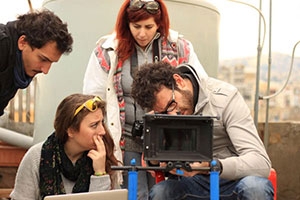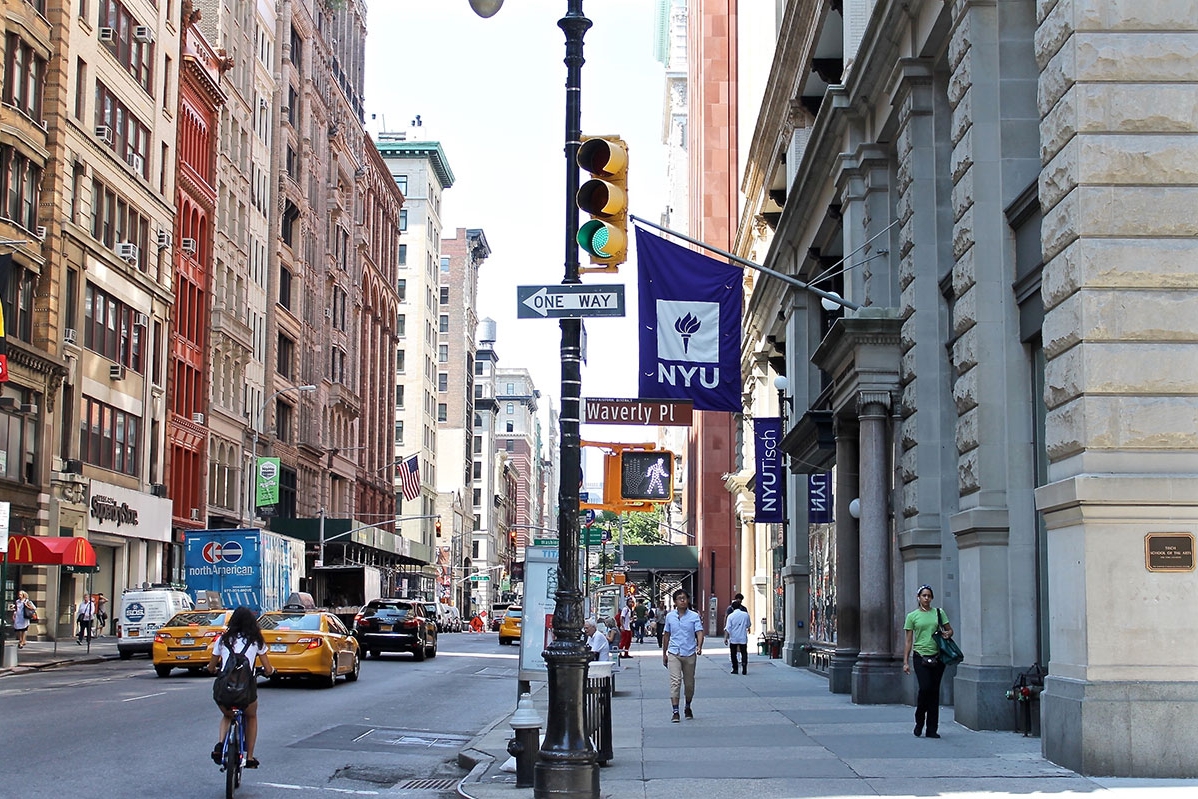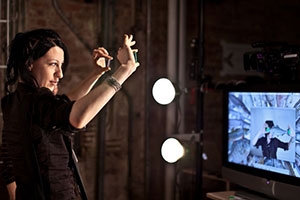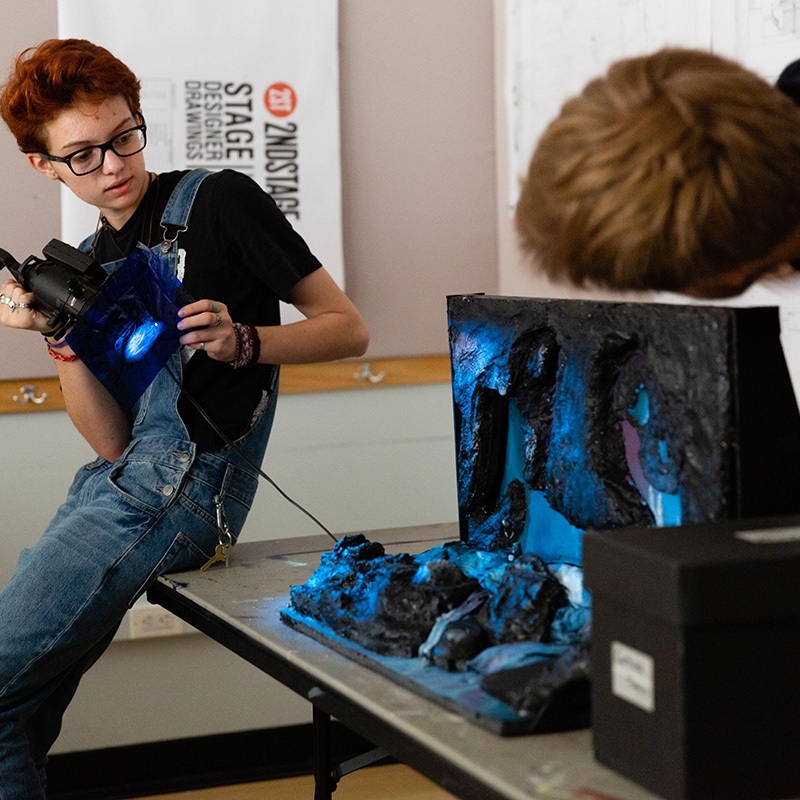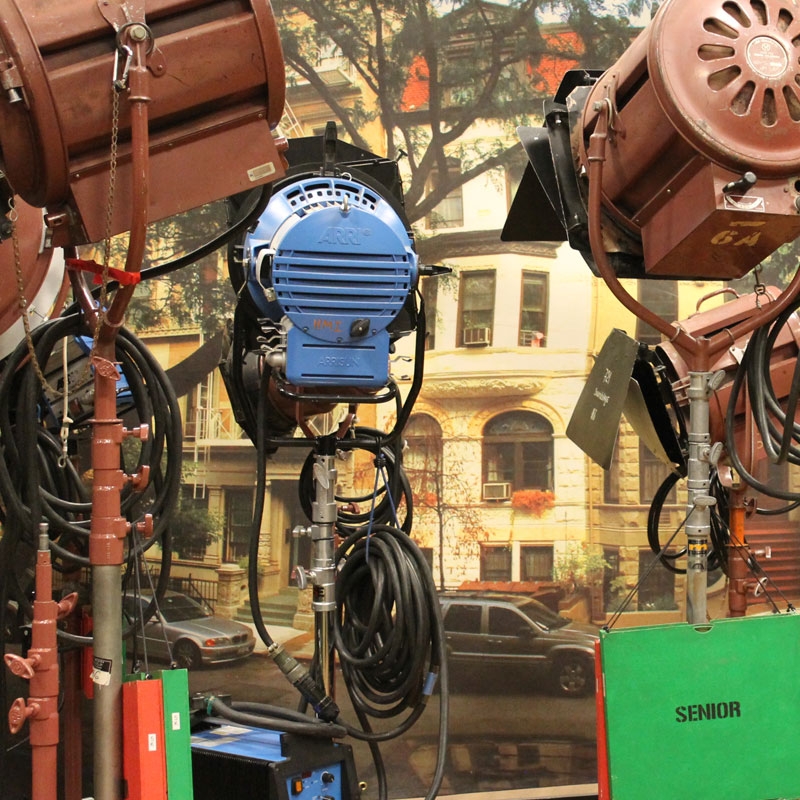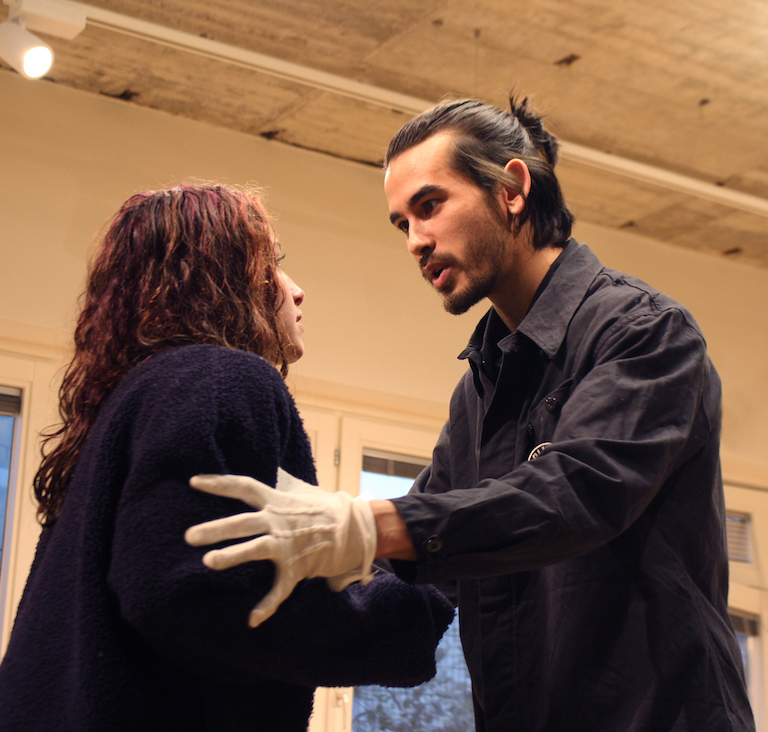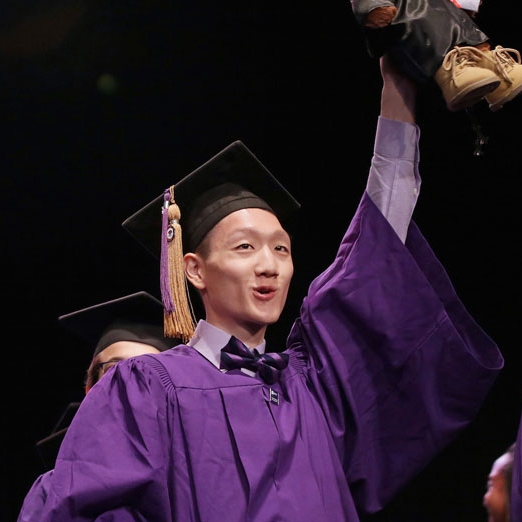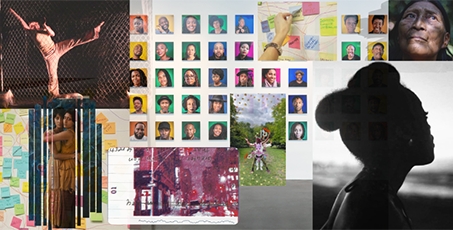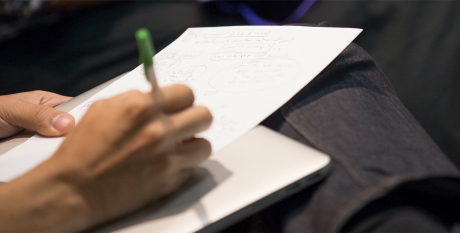The NYU Tisch Graduate Film program provides an intensive laboratory in writing/directing as well as concentrations in all other areas of filmmaking.
Each student makes at least four short films during their three years in the program, plus a thesis project. Our students are constantly filming, shooting exercises that allow them to flex their directorial muscles and prepare them to make their finished films.
Students begin the program as writer-directors, but are trained in the whole range of filmmaking skills. Coursework focuses on providing the skills to write, shoot, direct, edit, design, record and produce their own and each other’s films.
While we aim for students to achieve basic mastery of the classic tools of the film director, the curriculum encourages students to explore the personal variations within the art form that will lead to discovery of their own style.
First Year
The year culminates in the First Year Marathon, a celebration and screening which allows classmates, cast and crew, family members and faculty to view and honor the films that have been completed.
Second Year
The spring semester classes are primarily elective to allow the possibility of specialization. While most students choose to graduate as writer-directors, in the second year, some students elect to concentrate their studies in cinematography, producing, or editing, as they move towards the third year and thesis period. Students also begin to write longer form material, either feature scripts, pilots or longer shorts, in the spring writing classes.
As the students prepare for their 3rd year, which will be geared toward their thesis project, the faculty provides advisement and guidance on how to approach the entirely elective third-year curriculum.
At the end of the second year, students organize a widely-attended, celebratory 2nd Year Showcase screening at an off-campus venue.
Third Year
This final year is more self-designed, depending on what the student will make for their thesis: a short film, a short or feature length documentary, a web series, a feature script, a television pilot, or, in some cases, a micro-budgeted feature film. Students who are focusing on Cinematography, Producing or Editing pursue advanced coursework and begin to develop a body of work in their chosen discipline.
Visiting faculty challenge the students to expand their work in ways they have not yet explored, and guide them as they begin preparing their thesis.
Collaborative classes with other Tisch Graduate programs provide a unique opportunity to create films in concert with students from the Design, Acting and Dramatic Writing programs.
A range of electives are offered, including Directing Commercials, Documentary, Writing the Feature or Television Series, as well as Independent Studies with selected faculty.
The goal is that by the end of the Third Year, the student has strengthened and deepened their skills sufficient to successfully launch a thesis project soon after finishing their course work.
Thesis (3rd or 4th Year)
The thesis offers an opportunity to take on a project of considerable sophistication, and should be an expression of the student’s own personal voice and vision. The final thesis presentation must demonstrate mastery of the craft of filmmaking and should rise to the level of professional standards in its execution so that it can help the student transition to a professional career.
While it is possible to graduate at the end of their 3rd year, many students will choose to shoot or write their thesis after the conclusion of their coursework, during a period of matriculation that lasts up to two semesters (a 4th year). During these two additional semesters, tuition is not charged, but students pay maintenance of matriculation, registration and departmental lab fees.
